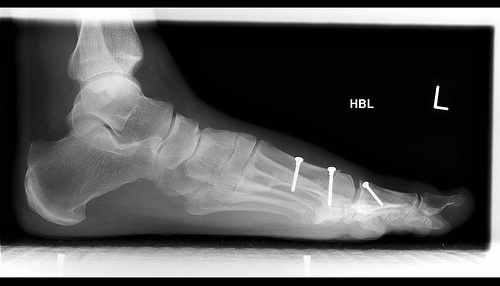I spent some time last week with a group of mainline clergy. They were truly great people who really wanted to change their churches. I was speaking about preaching, and they wanted their preaching to be more relevant and contemporary. But, they reported to me, they are handcuffed. Their aging congregations simply will not abide change of any kind.
These clergy were in a predicament: their congregations are so small that to lose any of the old-timers virtually ensures closing the doors to the church, but without dramatic changes, the congregations are bound to continue their decline. The question is, can these clergy both satisfy the elderly members and also reach out to new, younger members?
The answer seems to be no.
Hartford Seminary, an authoritative voice regarding trends in the American Church, has released a study about what happened in the forst decade of the millennium. The news all around is not good, and it’s particularly bad for the mainline church. In fact, the report, “A Decade of Change in American Congregations, 2000-2010” (PDF), suggests that the phrase to describe these congregations should be changed to oldline Christianity.
As seen in the above graphs, innovation in worship directly correlates to congregational health and vitality.
White churches in general, and oldline churches particularly are doing a horrible job at keep young adults interested in faith:
As a result both the spiritual and financial vigor of American congregations are rapidly declining:
The summary of the research, below, shows a decade of decline in the church, with some notable exceptions: there are more megachurches, and immigrant/ethnic congregations are growing. But this is not enough to contravene the overall trend of decline.
Conducted in 2000, 2005, 2008 and 2010, the FACT series shows that the decade brought:
- A continued increase in innovative, adaptive worship
- A surprisingly rapid adoption of electronic technologies
- A dramatic increase in racial/ethnic congregations, many for immigrant groups
- A general increase in the breadth of both member-oriented and mission-oriented programs
It also gave witness to:
- An increase in connection across faith traditions
- A twist in the historical pattern of religious involvement in support of the electoral process
But the decade also saw:
- A steep drop in financial healthContinuing high levels of conflict
- Aging memberships
The net, overall result:
- Fewer persons in the pews
- Decreasing spiritual vitality
Surely, this will cause more hand-wringing in the mainline church. But what what I find frustrating is that, as I travel and speak to mainline groups, they are unwilling and/or incapable of making the changes that the emerging church movement has pioneered, even in the face of these dire statistics.
The emerging church movement has shown that mega-church evangelicalism is not the only way to congregational vitality: a congregation does not need to sacrifice progressive, open theology for growth and health.
But I don’t know that the mainline church will ever get this message, because the commitment to their bureaucracies and liturgies is as strong as evangelicals’ commitment to their doctrine.
Whether you’re mainline, emergent, or evangelical, what do you think: Can mainline Protestant congregations in America make the necessary shifts to survive, and possibly even thrive, into another generation?











